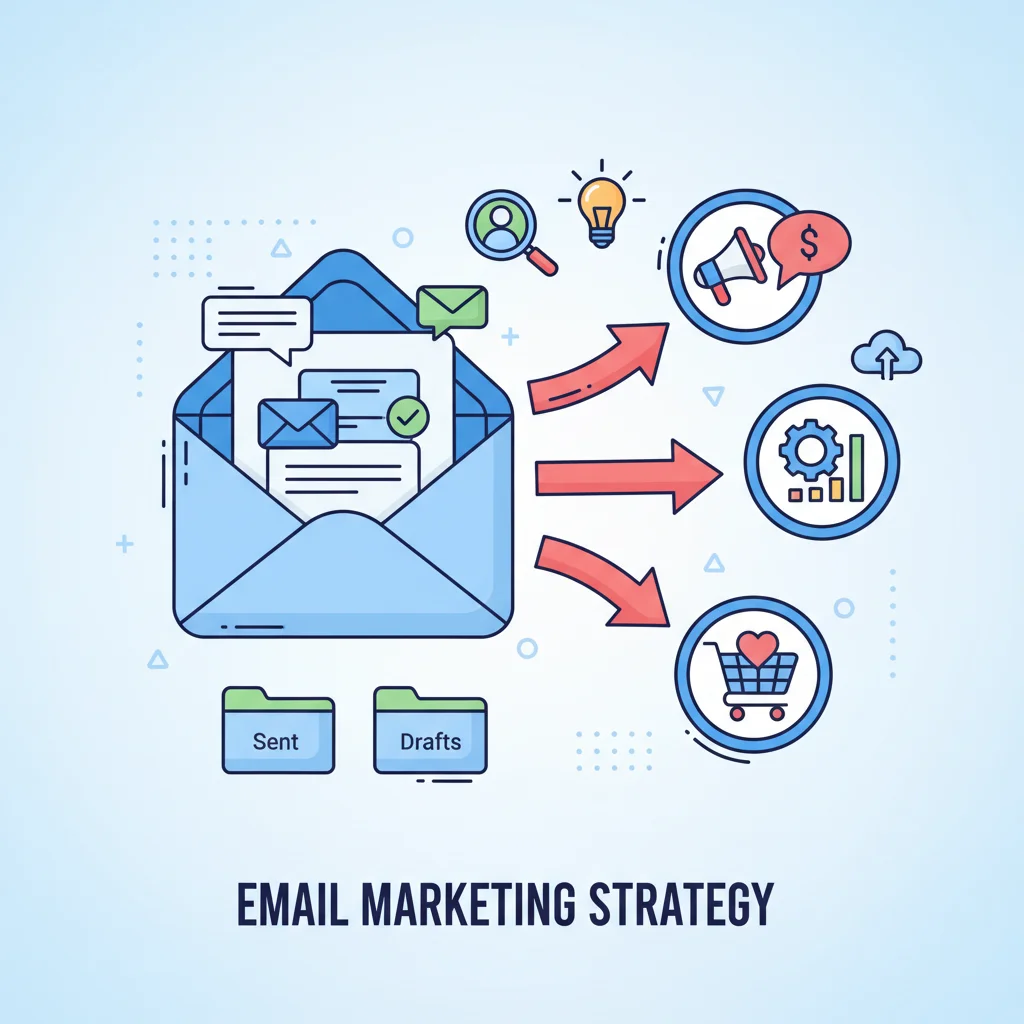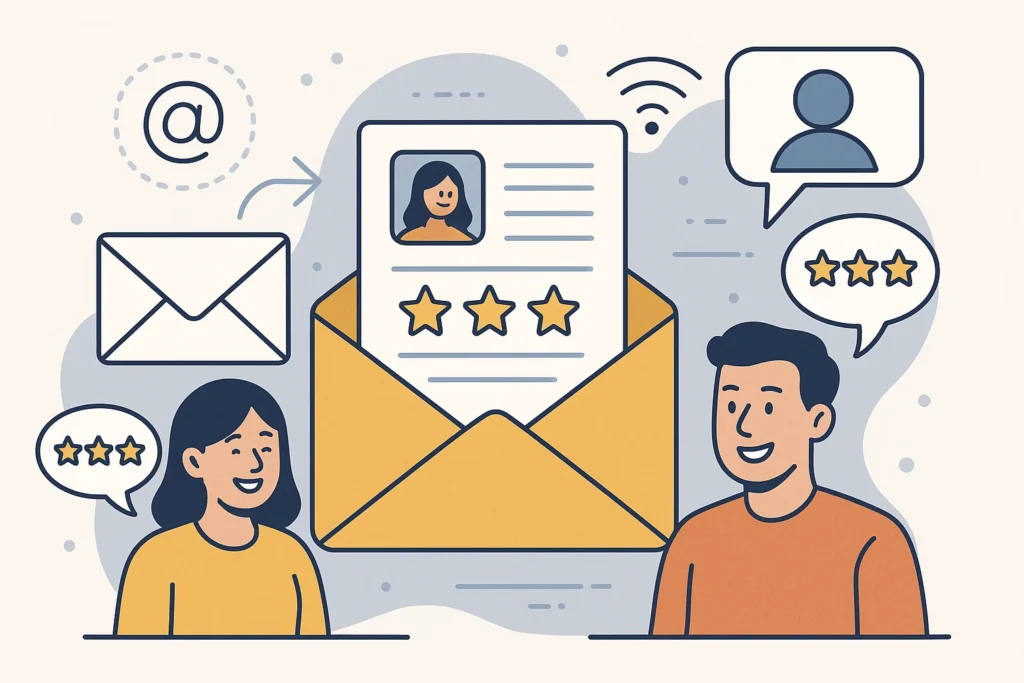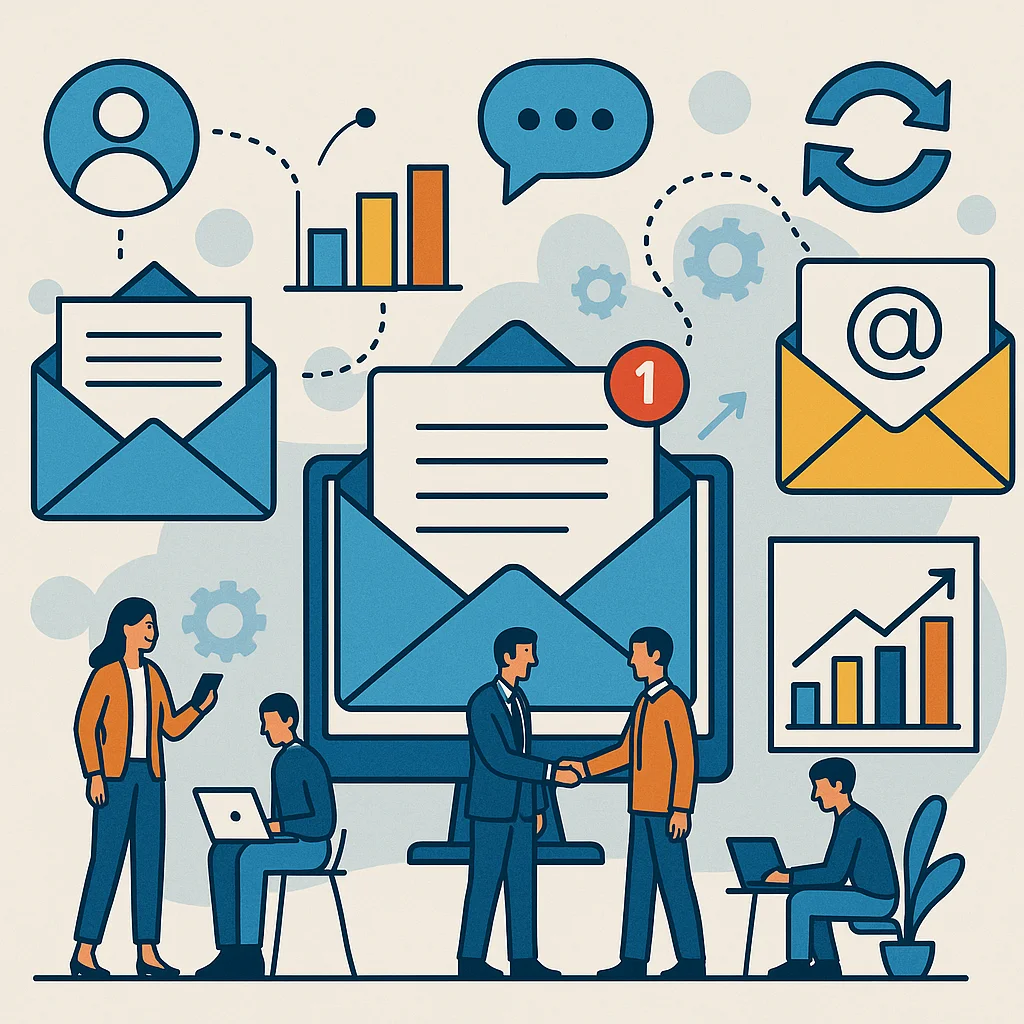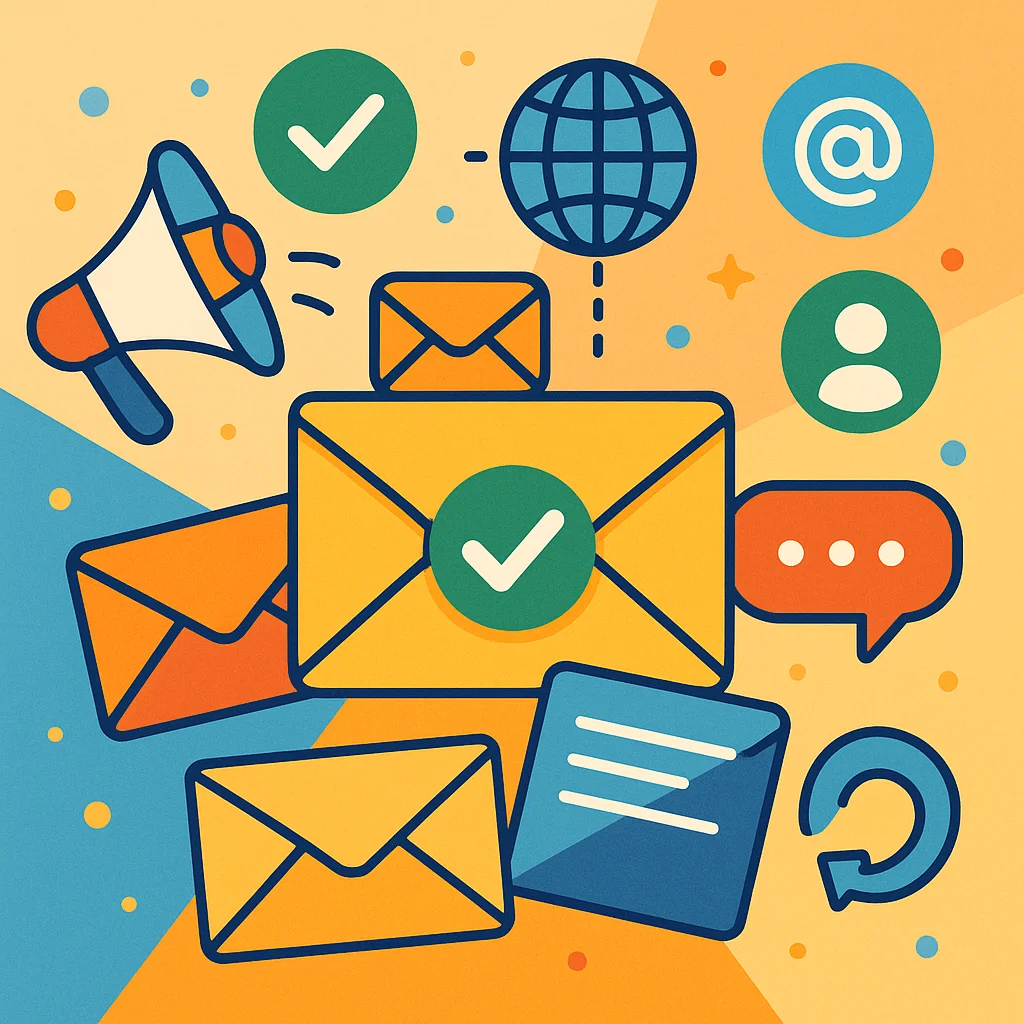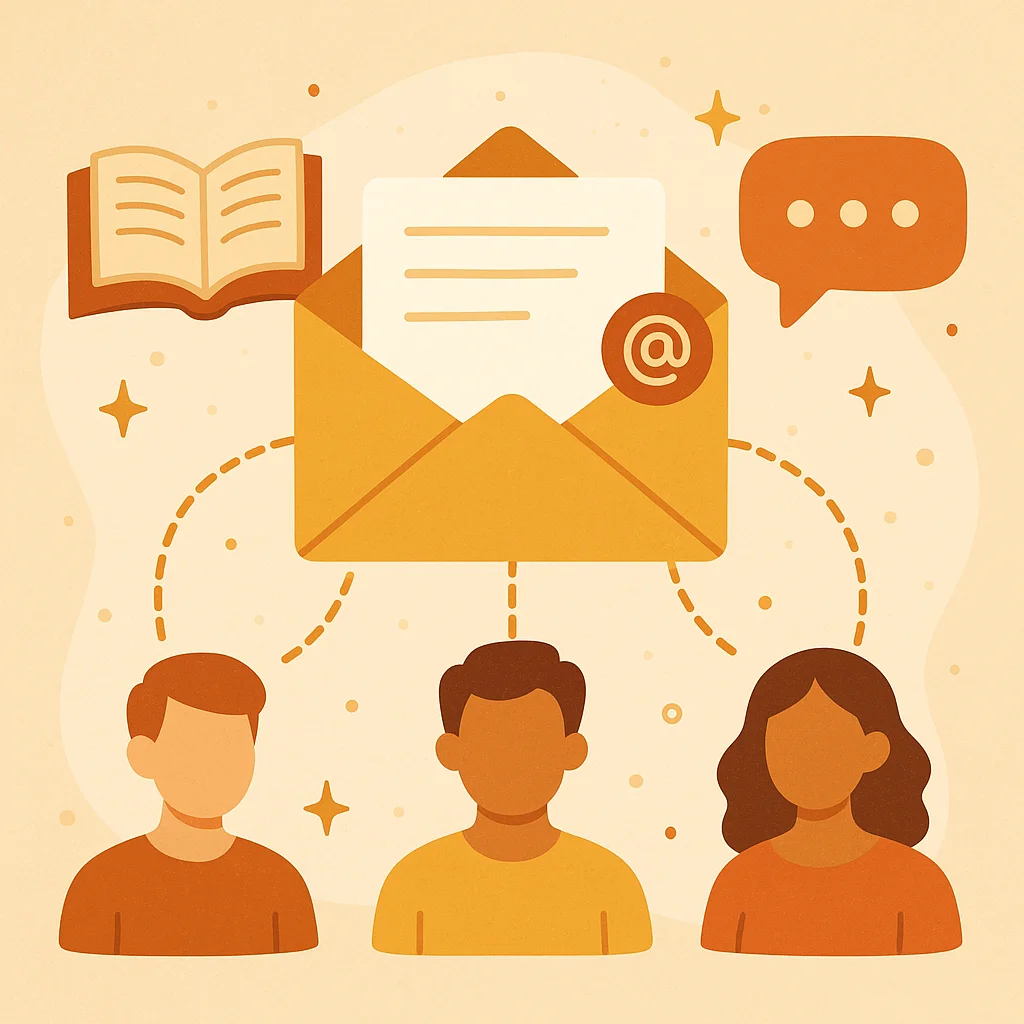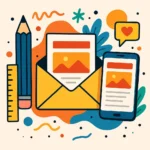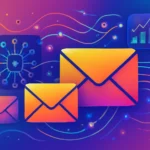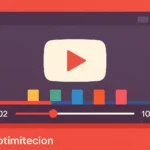Now Reading: How to Build Effective Subscription Business Email Campaigns
-
01
How to Build Effective Subscription Business Email Campaigns
How to Build Effective Subscription Business Email Campaigns
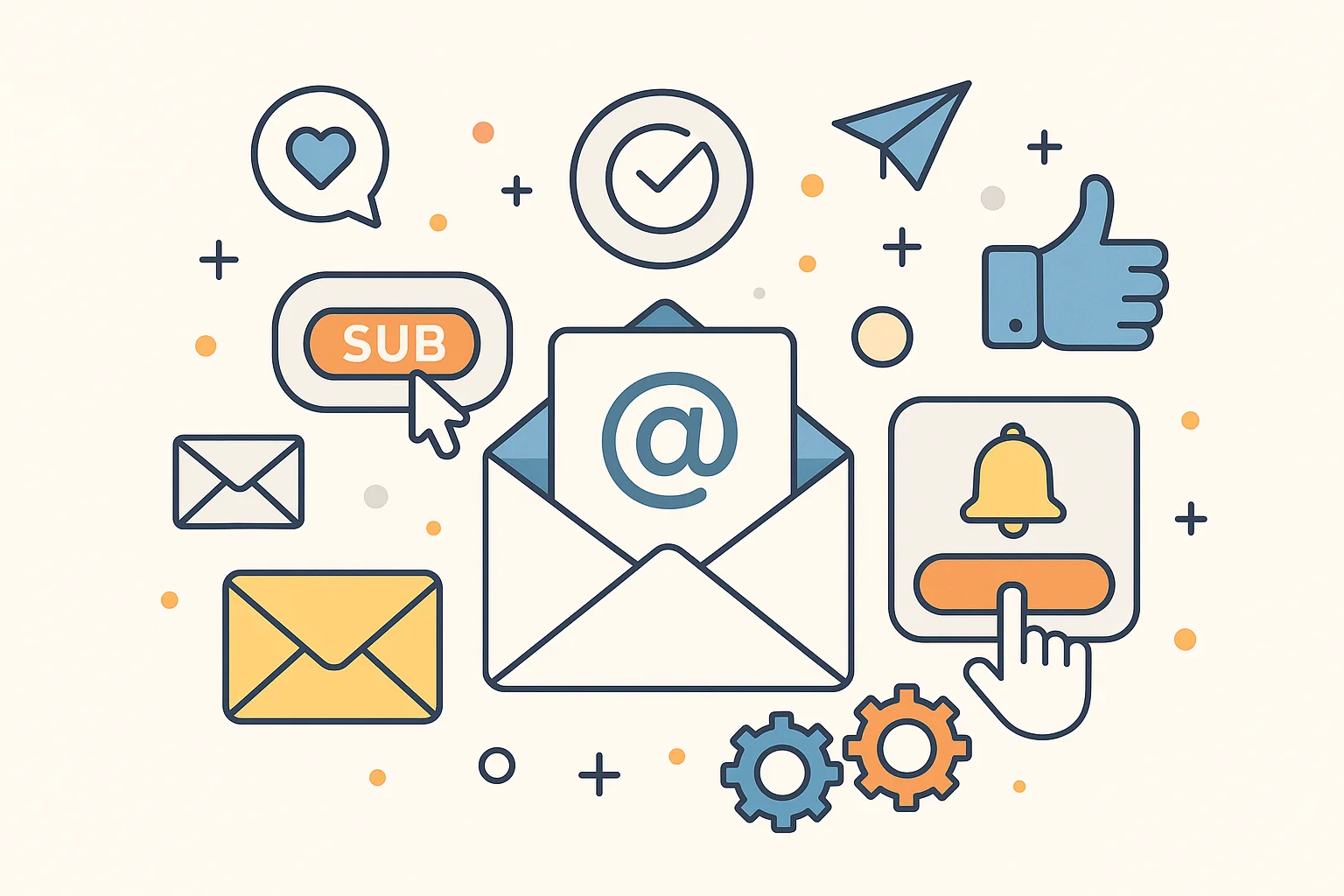
You know that sinking feeling when you see another cancellation notification? I get it. Building a subscription business is tough enough without watching customers disappear faster than you can acquire them. But here’s the thing – an effective subscription business email campaign can be your retention superpower. I’m talking about emails that don’t just sit in inboxes but actually drive action, reduce churn, and boost revenue.
Key Takeaways
Creating an effective email marketing campaign for subscription businesses requires a strategic approach that goes beyond basic newsletters. Here’s what you need to know:
- Build quality email lists through lead magnets, free trials, and double opt-in processes to ensure engaged subscribers from the start
- Segment your audience based on subscription status, behavior, and preferences to deliver personalized content that resonates
- Create automated email sequences including welcome series, onboarding flows, and retention campaigns to nurture subscribers throughout their journey
- Focus on value-driven content with a 70/30 ratio of helpful information to promotional messages to build trust and engagement
- Use compelling subject lines with action words, personalization, and urgency triggers to boost open rates significantly
- Implement lead generation funnels followed by nurturing sequences to convert prospects into paying subscribers
- Design retention-focused campaigns that keep existing subscribers engaged and reduce churn rates
- Leverage social proof and testimonials in your emails to build credibility and encourage conversions
Building Your Foundation
Understanding Your Subscription Audience
Before diving into campaign creation, you need to understand what makes subscription customers tick. They’re not just buying a product – they’re committing to an ongoing relationship with your brand. This means your effective subscription business email campaign needs to nurture that relationship from day one.
Subscription customers typically fall into several categories:
- Trial users exploring your service
- New subscribers in their first 30 days
- Active subscribers using your service regularly
- At-risk subscribers showing signs of disengagement
- Churned subscribers who’ve cancelled but might return
Each group needs different messaging, timing, and offers. A trial user wants to see value quickly, while a long-term subscriber might appreciate exclusive perks or advanced features.
Setting Up Your Email Infrastructure
Your email marketing platform needs to handle complex automation sequences and detailed segmentation. Look for tools that offer:
- Advanced segmentation capabilities
- Behavioral triggers based on subscription actions
- A/B testing for subject lines and content
- Integration with your subscription management platform
- Detailed analytics for tracking performance
Most successful subscription businesses use platforms like Mailchimp, ConvertKit, or HubSpot because they can handle the complexity of subscription-based email marketing.
Useful Articles:
Lead Generation And List Building
Creating Irresistible Lead Magnets
Your lead magnet is the gateway to your effective subscription business email campaign. For subscription businesses, the best lead magnets solve immediate problems while showcasing your service’s value.
Effective lead magnet ideas for subscription businesses:
- Free trials or freemium access
- Exclusive content libraries
- Industry reports or guides
- Templates or tools
- Webinars or masterclasses
- Discount codes for first month
Here’s a simple lead magnet email template:
Subject: Your free [resource] is ready!
Hi [Name],
Thanks for downloading our [resource name]!
You can access it here: [download link]
While you're exploring, did you know our subscribers get:
* Weekly expert insights
* Exclusive templates and tools
* Early access to new features
* 20% off your first month
Ready to take the next step? Start your free trial: [CTA button]
Questions? Just reply to this email.
Best,
[Your name]Double Opt-In Strategy
Double opt-in might seem like an extra hurdle, but it’s crucial for subscription businesses. It ensures you’re building a list of genuinely interested prospects and helps with deliverability.
Your confirmation email should be more than just “click to confirm.” Make it valuable:
Subject: One quick click to unlock exclusive content
Hi [Name],
Almost there! Click the button below to confirm your subscription and unlock:
✓ Instant access to our subscriber-only resource library
✓ Weekly industry insights (not available anywhere else)
✓ First dibs on new features and updates
[Confirm Subscription Button]
This takes 2 seconds, and you'll immediately get access to everything.
See you on the inside!
[Your name]
P.S. Having trouble? Just reply to this email and I'll sort it out personally.Segmentation Strategies
Behavioral Segmentation
For subscription businesses, behavior tells you everything. Segment your list based on:
Subscription status:
- Free trial users
- Active subscribers
- Paused subscriptions
- Cancelled subscribers
Engagement level:
- Highly engaged (opens most emails, uses product frequently)
- Moderately engaged (occasional opens, sporadic usage)
- Low engagement (rarely opens emails, minimal usage)
Product usage:
- Power users (using advanced features)
- Basic users (using core features only)
- Non-users (subscribed but not actively using)
Demographic and Psychographic Segmentation
Don’t ignore traditional segmentation methods. Industry, company size, role, and goals all matter for subscription businesses.
Create segments like:
- Industry-specific (SaaS companies, agencies, freelancers)
- Company size (solopreneurs, small teams, enterprises)
- Role-based (founders, marketers, developers)
- Goal-oriented (growth-focused, efficiency-focused, cost-conscious)
Useful Articles:
Email Automation Sequences
Welcome Series That Convert
Your welcome series is the foundation of your effective subscription business email campaign. Most businesses send one welcome email and call it done. Big mistake.
A proper welcome series should span 5-7 emails over 2-3 weeks:
Email 1: Immediate welcome and quick win
Subject: Welcome! Here's your first quick win
Hi [Name],
Welcome to [Company]! I'm [Your name], and I'm personally excited to have you here.
You're about to discover [main benefit], but first, here's something you can implement today:
[Quick tip or resource]
This alone could [specific outcome] in the next 24 hours.
Tomorrow, I'll share [preview of next email].
Talk soon,
[Your name]Email 2: Social proof and credibility
Subject: How [Customer] increased [metric] by [percentage]
Hi [Name],
Yesterday I shared [quick tip]. Did you try it?
Today, I want to show you what's possible. [Customer name] was struggling with [problem] just like you might be.
After implementing our system, they:
* [Specific result 1]
* [Specific result 2]
* [Specific result 3]
Here's exactly what they did: [case study or story]
Ready to get similar results? [CTA]
[Your name]Email 3: Address common objections
Subject: "But what if it doesn't work for my situation?"
Hi [Name],
I get this question a lot: "This looks great, but will it work for [specific situation]?"
Short answer: Yes.
Here's why: [explanation addressing common concerns]
Still not convinced? Here are three more examples:
* [Example 1]
* [Example 2]
* [Example 3]
Questions? Just reply to this email.
[Your name]Onboarding Sequences
Once someone subscribes, your onboarding sequence should get them to their first “aha moment” as quickly as possible. This is where you reduce early churn and increase long-term retention.
Onboarding email structure:
- Setup assistance – Help them get started
- Feature highlights – Show key functionality
- Success stories – Prove it works for others
- Advanced tips – Help them get more value
- Community access – Connect them with other users
Retention and Re-engagement Campaigns
Your effective subscription business email campaign should include automated sequences for different retention scenarios:
At-risk subscriber sequence:
Subject: We miss you! Here's what you've been missing
Hi [Name],
I noticed you haven't logged in for a while. Everything okay?
In case you missed it, here's what's new:
* [New feature or content]
* [Popular resource]
* [Community highlight]
Need help getting back on track? Book a quick call with our team: [calendar link]
We're here to help,
[Your name]
P.S. If you're thinking about cancelling, please reply and let me know why. I might be able to help solve whatever's not working.Content Strategy For Subscription Emails
The 70/30 Value Rule
Your effective subscription business email campaign should follow the 70/30 rule: 70% valuable, educational content and 30% promotional content. This builds trust and keeps subscribers engaged long-term.
Value-driven content ideas:
- Industry insights and trends
- How-to guides and tutorials
- Behind-the-scenes content
- Customer success stories
- Expert interviews
- Tool recommendations
- Templates and resources
Content Personalization Beyond Names
Personalization goes way beyond “Hi [First Name].” For subscription businesses, you can personalize based on:
- Subscription tier (free vs. paid features)
- Usage patterns (power user vs. occasional user)
- Industry (different examples for different sectors)
- Goals (growth vs. efficiency vs. cost-saving)
- Lifecycle stage (new subscriber vs. long-term customer)
Here’s how to personalize content effectively:
Subject: [Industry] companies are seeing 40% better results with this
Hi [Name],
I've been analyzing data from [industry] companies using our platform, and there's a clear pattern emerging.
Companies like yours that implement [specific strategy] are seeing:
* 40% better [relevant metric]
* 25% reduction in [common problem]
* [Other industry-specific benefit]
Here's the exact process [similar company] used: [case study]
Want to implement this for [Company Name]? [CTA]
[Your name]Useful Articles:
Subject Line Optimization
High-Performing Keywords for Subscription Businesses
Certain keywords consistently perform well for subscription business emails:
Urgency triggers:
- “Limited time”
- “Expires today”
- “Last chance”
- “Urgent”
- “Breaking”
Value indicators:
- “Free”
- “Exclusive”
- “New”
- “Save”
- “Unlock”
Curiosity builders:
- “Secret”
- “Revealed”
- “Behind the scenes”
- “What if”
- “The truth about”
A/B Testing Subject Lines
Test these elements systematically:
- Length (short vs. long)
- Personalization (with vs. without names)
- Urgency (time-sensitive vs. evergreen)
- Questions vs. statements
- Emojis vs. text only
- Numbers vs. words
Track open rates, but also monitor click-through rates and conversions. A high-opening subject line that doesn’t drive action isn’t helping your business.
Advanced Automation Strategies
Behavioral Trigger Campaigns
Set up automated campaigns based on specific subscriber actions:
Usage-based triggers:
- First login → Send advanced tips
- Feature usage → Send related tutorials
- Inactivity → Send re-engagement sequence
- Upgrade → Send advanced user content
Engagement-based triggers:
- High email engagement → Send exclusive content
- Low email engagement → Send preference center
- Link clicks → Send related resources
- No clicks → Send different content format
Win-Back Campaigns
Don’t give up on churned subscribers. A well-crafted win-back campaign can recover 10-15% of cancelled subscriptions.
Win-back sequence structure:
- Immediate feedback request – Why did they leave?
- Address common concerns – Show improvements made
- Special offer – Discount or extended trial
- Social proof – Show what they’re missing
- Final attempt – Last chance offer
Subject: We messed up. Here's how we're fixing it.
Hi [Name],
I saw you cancelled your subscription, and honestly, that stings a bit.
But I get it. We weren't delivering the value you expected.
Here's what we've changed since you left:
* [Improvement 1]
* [Improvement 2]
* [Improvement 3]
Want to give us another shot? I'll personally make sure you get the results you're looking for.
Use code COMEBACK50 for 50% off your first month back: [CTA]
No hard feelings if not. I just wanted you to know we're listening.
[Your name]Email Design and Templates
Mobile-First Design
Over 60% of emails are opened on mobile devices. Your effective subscription business email campaign must look great on small screens.
Mobile optimization checklist:
- Single column layout
- Large, tappable buttons (at least 44px)
- Readable font sizes (14px minimum)
- Compressed images
- Short subject lines (under 50 characters)
- Scannable content with bullet points
Template Structure for Subscription Businesses
Your email template should include:
Header section:
- Logo
- Navigation (optional)
- Unsubscribe link (required)
Content section:
- Clear headline
- Scannable body text
- Visual elements (images, GIFs)
- Clear call-to-action
Footer section:
- Contact information
- Social media links
- Preference center link
- Legal compliance text
Visual Hierarchy
Guide readers’ eyes through your email with:
- Headlines that grab attention
- Subheadings that break up content
- Bullet points for easy scanning
- Bold text for emphasis
- White space for breathing room
- Color to highlight important elements
Integration with Subscription Management
Syncing Email with Subscription Data
Your email platform should integrate seamlessly with your subscription management system. This allows you to:
- Trigger emails based on subscription events
- Personalize content based on subscription tier
- Segment lists by subscription status
- Track revenue from email campaigns
- Automate billing-related communications
Lifecycle Email Automation
Set up automated emails for key subscription events:
Subscription events:
- Trial started
- Trial ending (3 days, 1 day, day of)
- Subscription activated
- Payment failed
- Subscription renewed
- Subscription cancelled
- Subscription reactivated
Billing events:
- Payment successful
- Payment failed
- Card expiring
- Invoice generated
- Refund processed
Testing and Optimization
What to Test in Subscription Email Campaigns
Subject line elements:
- Length and format
- Personalization level
- Urgency vs. curiosity
- Question vs. statement format
Content elements:
- Email length
- Value vs. promotional ratio
- CTA placement and wording
- Visual vs. text-heavy design
Timing elements:
- Send day and time
- Frequency
- Sequence spacing
- Seasonal timing
Metrics That Matter
Focus on metrics that directly impact your subscription business:
Engagement metrics:
- Open rates (industry average: 21.33%)
- Click-through rates (industry average: 2.62%)
- Conversion rates
- List growth rate
Business metrics:
- Customer acquisition cost from email
- Customer lifetime value increase
- Churn rate reduction
- Revenue per email sent
Retention metrics:
- Email engagement over time
- Subscription renewal rates
- Upgrade/downgrade patterns
- Win-back success rates
Creating an effective subscription business email campaign isn’t about sending more emails – it’s about sending the right emails to the right people at the right time. Focus on building relationships, delivering consistent value, and using data to continuously improve your approach. Your subscribers will thank you with their loyalty, and your business will thank you with increased revenue and reduced churn.


